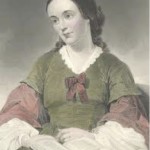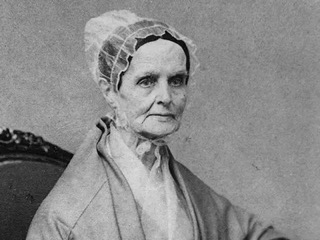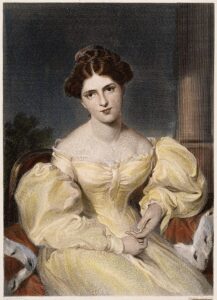
What were we born to do? How shall we do it?
Great Thinker, Journalist, Teacher, Book Reviewer, First Woman Allowed To Use The Library at Harvard
Like Mary Wollstonecraft, Frances Wright, Lucretia Mott, Elizabeth Cady Stanton and countless others – Sarah Margaret Fuller believed that women were intellectually equal to men and spent her life discoursing and conversing on this subject, which was still a radical idea in the 1800s. She had an Oprah-like influence on women and men of her day and is remembered as one of the most brilliant minds of the nineteenth century. Ignorance is bliss left her decidedly unblissful. Like many women, financial need inspired her trail-blazing career. When she was twenty-five, her father died, and his estate was taken over by her uncles leaving Sarah feeling humiliated, helpless and financially dependent – women could not own property then. Her seminal book Woman In The Nineteenth Century began as “conversations” designed to encourage women in self-expression and independent thinking” and were held – just for women – in private homes eventually becoming so popular that she began charging money thus making a living.
Her influence on feminism is incalculable.
She was SO educated – by the age of three and a half she could read and write – by four and half she could do math, and by the age of five she learned Latin and taught herself many more languages. Some of her influences were her teacher/father, George Sand – the famous scandalous cross dressing, sexually flouting rule breaking French novelist, Oliver Wendell Holmes and Nathaniel Hawthorne who both wrote about HER. Feminist, trailblazer and the first gal allowed to use Harvard’s Library (the school did not admit women until the 1940s and only let them into the dorms in 1972!). And, like Anne Hutchinson, Margaret Fuller died so ironically and tragically. Fuller became politically involved in the European Revolution and was a foreign correspondent – the first of her sex – another trail she blazed, She was returning to America from Europe with her new husband and infant with a manuscript ready about the history of the Roman Revolution. The boat sank – just off Fire Island.

